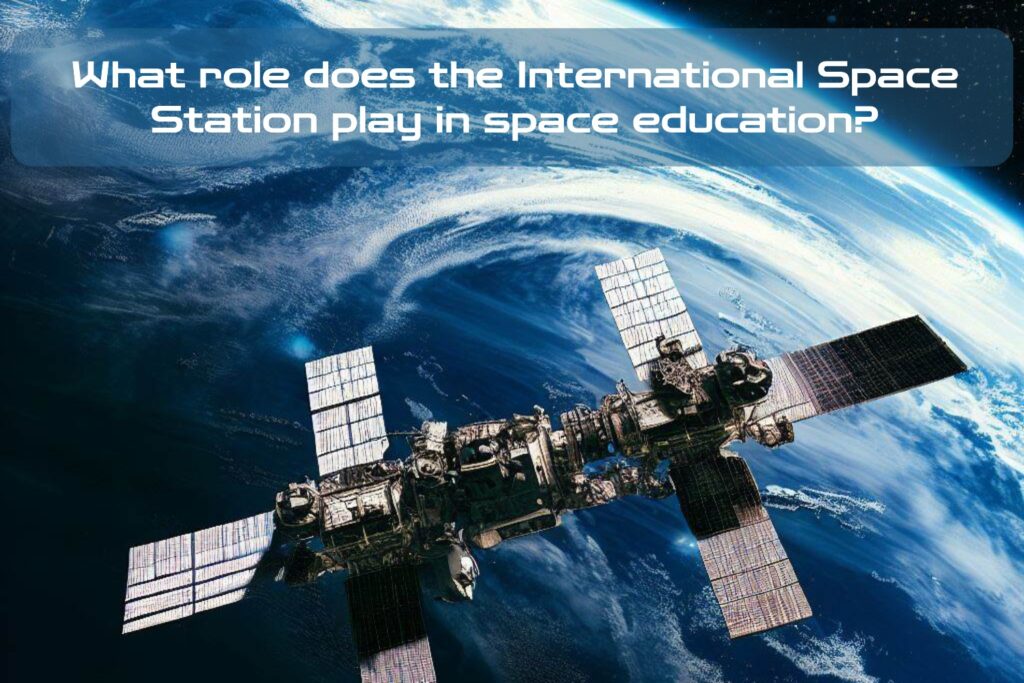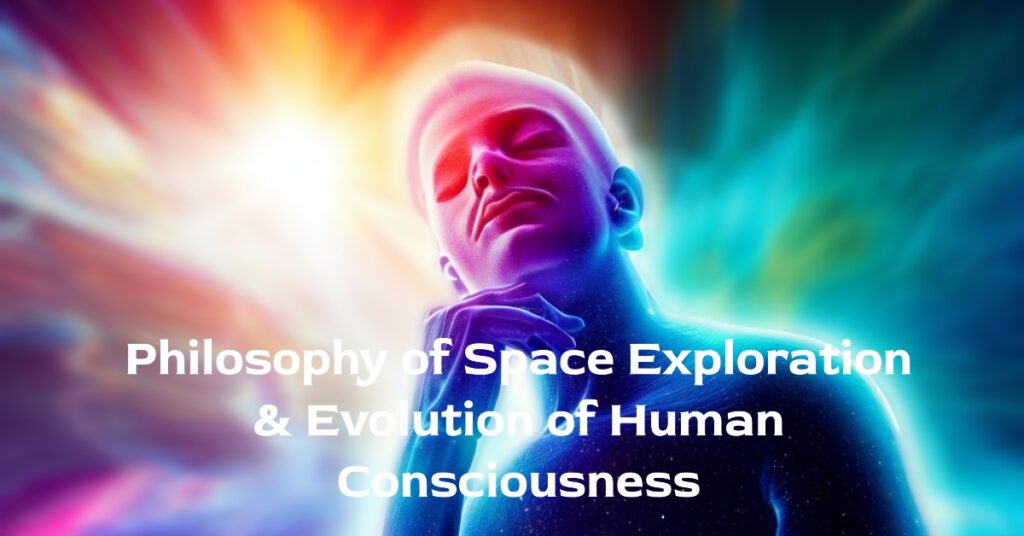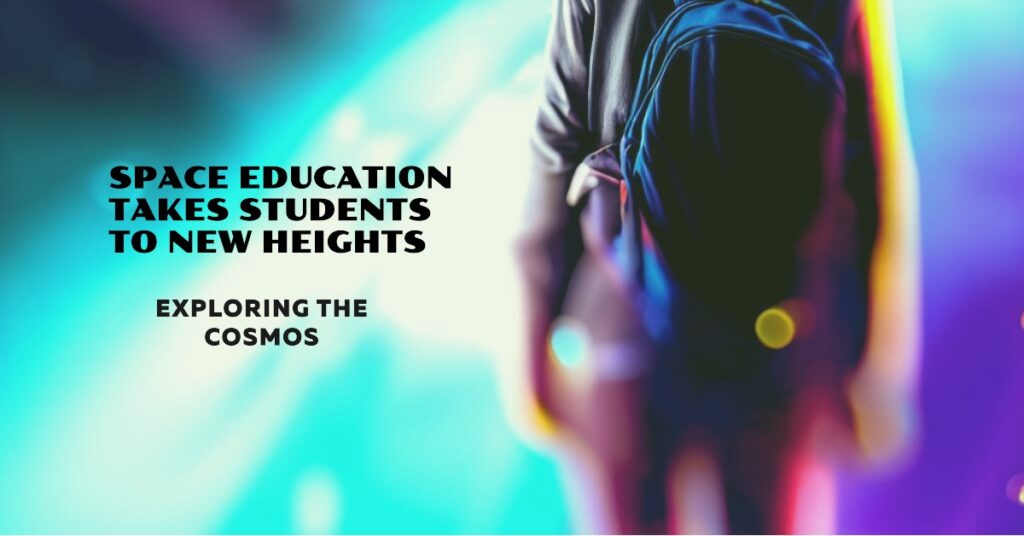The International Space Station (ISS) is a habitable satellite in low Earth orbit. It is the largest human-made object in space, spanning 109 meters long and 73 meters wide, with a mass of approximately 420,000 kilograms.
The ISS has been continuously occupied since November 2000 by astronauts from various countries under the collaborative efforts of five space agencies:
- NASA (USA),
- Roscosmos (Russia),
- JAXA (Japan),
- ESA (Europe),
- and CSA (Canada).
Space education is crucial for inspiring the next generation of scientists and engineers who will continue to develop space technology.
With the increasing demand for qualified professionals in space exploration programs worldwide, educating students about space-related fields has become paramount. Through innovative educational programs hosted on the ISS, students can engage in hands-on learning experiences that inspire creativity, foster critical thinking skills, and provide them with a unique perspective on life beyond Earth.
The purpose of this article is to explore the vital role that the ISS plays in promoting space education globally. This article will discuss how educational programs hosted on the ISS contribute to fostering interest in STEM fields among students as well as their positive impacts on scientific research.
The article also examines some challenges faced by such programs due to limited resources and technical difficulties. Ultimately, this article aims to provide an insightful understanding of how space education through the ISS inspires and enlightens future generations about our universe’s mysteries.
The ISS and Space Education
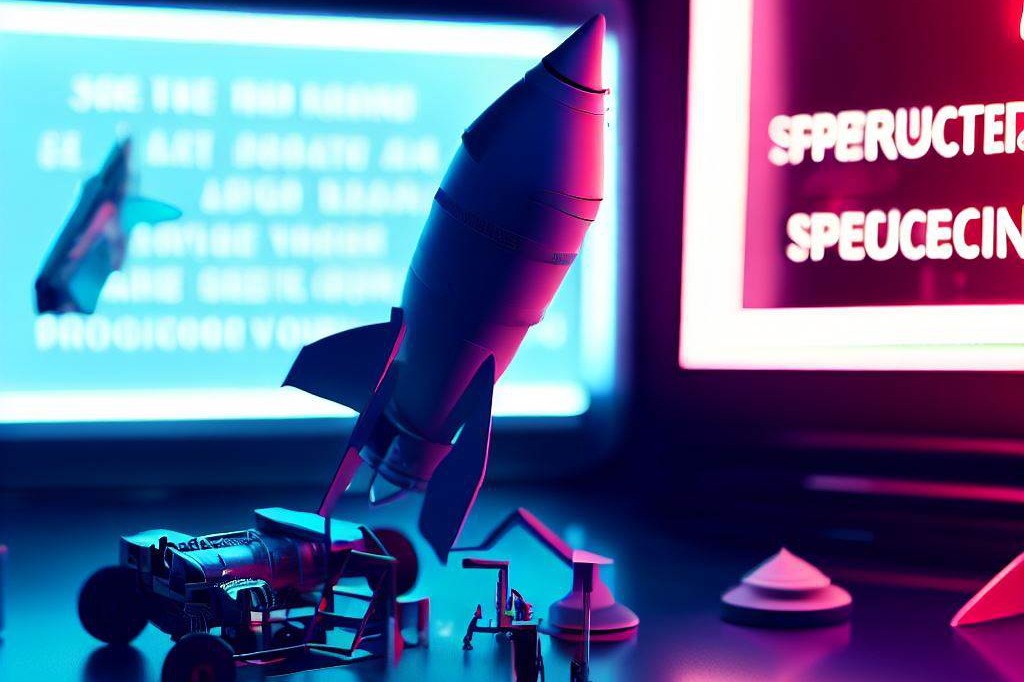
Overview of the ISS’s role in space education
The International Space Station (ISS) provides a unique opportunity for students to learn about science, technology, engineering, and mathematics (STEM). The ISS is the largest human-made object in space that orbits Earth at an altitude of approximately 408 km. It is a collaborative project between different space agencies across the globe, including NASA, Roscosmos, JAXA, ESA, and CSA. Besides conducting scientific research in various fields such as biology, physics, and astronomy, the ISS serves as an educational platform for students worldwide.
History of the ISS’s involvement in space education
Since its launch in 1998, the ISS has been involved in numerous educational programs that aim to inspire and engage students.
For instance, NASA launched its first student-centric program called “Student Spaceflight Experiments Program” (SSEP) aboard the shuttle Endeavour on STS-134 mission to the ISS. SSEP allows students from elementary school through college levels to design and propose their own experiments to be conducted on board by astronauts.
In addition to SSEP, there are several other education initiatives that take advantage of the unique microgravity environment provided by the ISS. One such program is “Space Tango,” which enables students to design experiments related to biology or physical sciences that utilize this environment.
Examples of educational programs and experiments conducted on the ISS
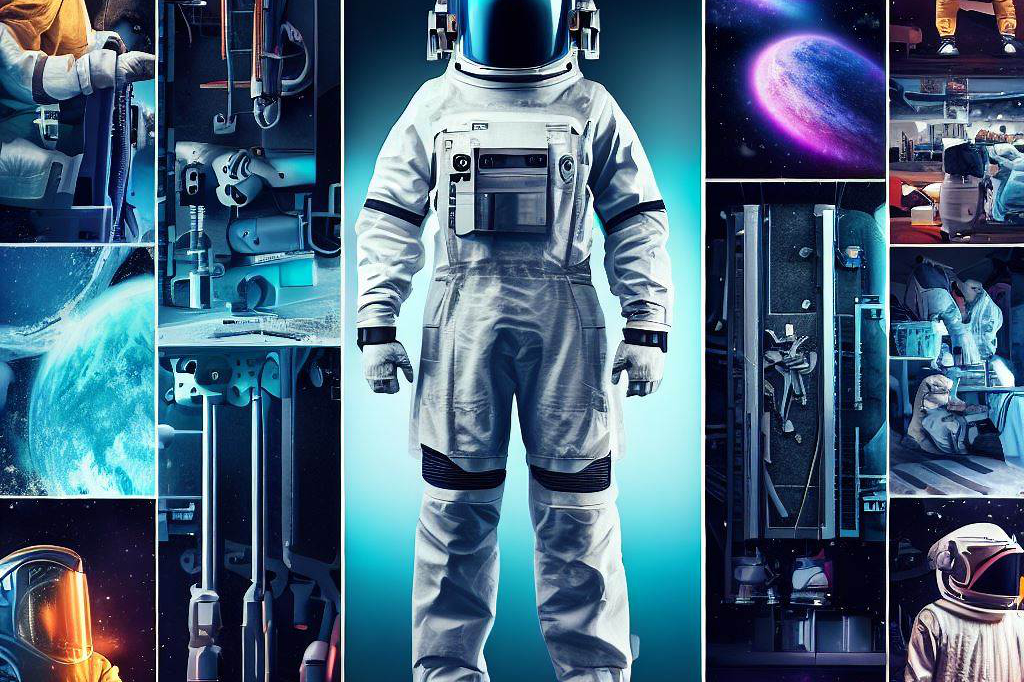
There are several examples of successful educational programs run through collaborations with different institutions across North America.
For instance:
– The Center for Advancement of Science in Space (CASIS) manages a program called “Space Station Explorers,” which allows educators access to resources including standards-aligned curriculum materials.
– The Massachusetts Institute of Technology’s Media Lab promotes “ZERO-G School” initiative where schoolchildren can create experiment proposals to send to the ISS. The program also includes educational content such as videos and interactive online webinars.
– The “Genes in Space” initiative was launched in partnership with miniPCR bio, a biotechnology company. It allows high school students to design experiments that test for DNA mutations on board the ISS.
These are just a few examples of educational programs and experiments conducted aboard the ISS. The opportunity for students to conduct cutting-edge research in space, communicate with astronauts, and learn about STEM careers is invaluable.
Benefits of Space Education through the ISS
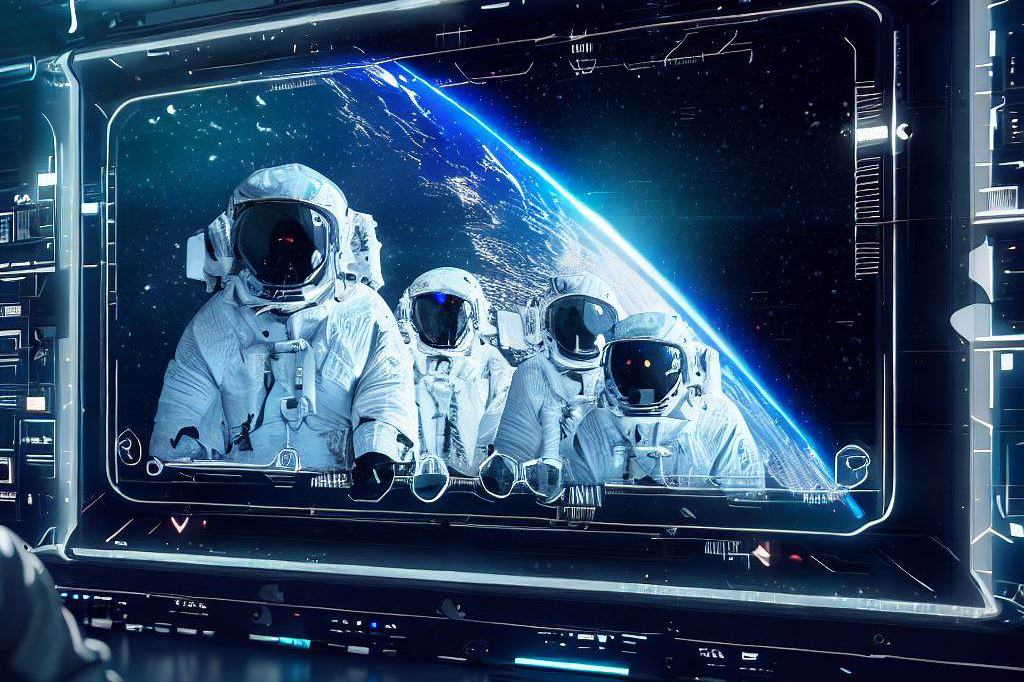
Advantages for students and educators
The International Space Station (ISS) provides a unique learning experience for students and educators worldwide. Students can engage in hands-on learning activities and experiments that allow them to explore science, technology, engineering, and math (STEM) concepts in a real-world context. Educators can use ISS missions as a way to inspire their students and teach them about the importance of teamwork, problem-solving skills, and critical thinking.
The ISS offers excellent opportunities for student engagement. Students can participate in live video conferences with astronauts onboard the Station.
They can ask questions about daily life on the ISS or about any scientific experiments that are being conducted. These interactions allow students to witness firsthand how science is conducted in space and how it impacts our lives on Earth.
Positive impact on STEM fields and careers
Space education through the ISS has had a significant impact on STEM fields of study. It has inspired countless individuals to pursue careers in space exploration-related industries such as aerospace engineering or astrophysics. The research conducted aboard the ISS has also led to advancements in various fields such as
- medicine,
- materials science,
- biology,
- and physics.
The ISS provides an excellent platform for conducting scientific research that is not possible on Earth. For example, microgravity environments provide new insights into fluid dynamics that have applications ranging from advanced manufacturing techniques to pharmaceutical production methods.
Contributions to global scientific research
The research conducted aboard the ISS contributes significantly to our understanding of space-related phenomena. The vast array of data collected by space agencies like NASA allows us to better understand not only our own planet but also those beyond it.
One example of this is climate change research. Satellites orbiting Earth collect data related to weather patterns, ocean temperatures, sea ice extent, etc., giving scientists invaluable data that helps them understand better how our planet is changing in response to human activities.
The International Space Station plays a crucial role in space education by providing students with hands-on learning opportunities and educators with a unique teaching platform. Its impact on STEM fields and careers is significant, and its contributions to global scientific research have been fundamental in advancing our understanding of space-related phenomena.
Challenges and Limitations
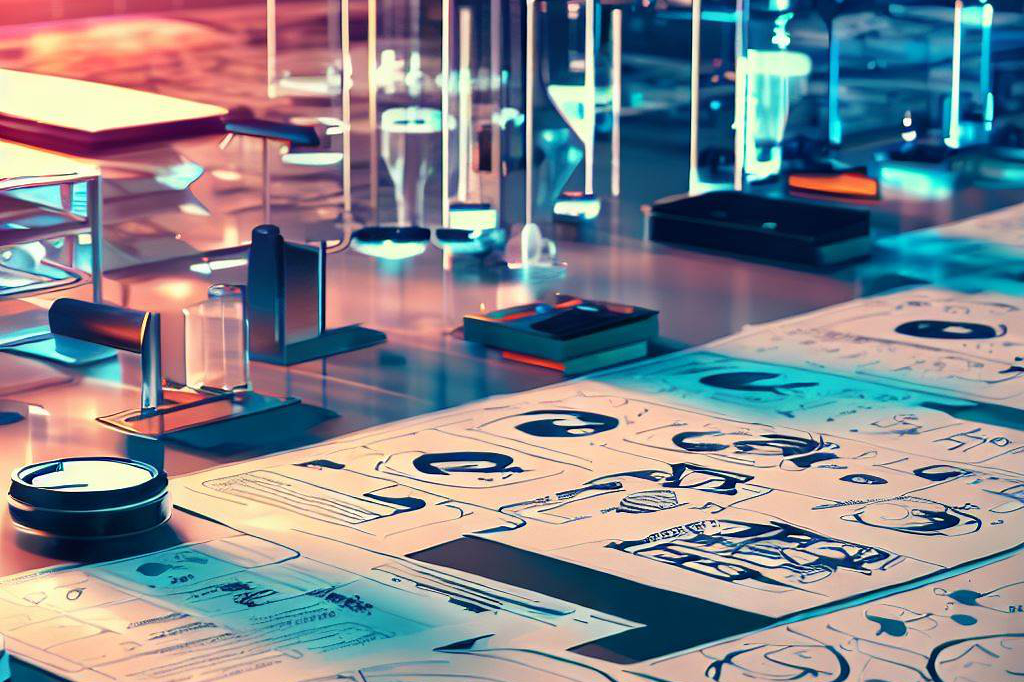
Financial Constraints: The Cost of Space Education
The cost of space education can be a significant barrier for schools, especially those with limited budgets. While some educational programs aboard the ISS are free, others require significant funding and resources.
For instance, schools that want to participate in experiments on the ISS must pay for the transportation of their equipment to the station, as well as any necessary supplies or materials. This expense can add up quickly and make it difficult for some schools to participate in these educational opportunities.
Moreover, while organizations like NASA offer grants and other types of funding support to assist schools with space education initiatives, these financial resources are often competitive and limited. As a result, many deserving institutions may not receive the financial assistance they need to take part in space education programs.
Technical Difficulties: Challenges of Conducting Experiments in Microgravity
Conducting experiments aboard the ISS also presents certain technical difficulties that can be challenging for educators and students alike. One major issue is microgravity – experiments conducted inside the station behave differently than on Earth due to this phenomenon. Additionally, setting up these experiments takes a lot of time and requires close communication with the astronauts on board.
Another challenge is that not all experiments that work on Earth will necessarily work in microgravity conditions. It takes time to develop successful methodologies for each experiment type so it can deliver meaningful results from which students can learn.
Logistical Challenges: Coordination Across Time Zones
Logistical challenges can also limit space education initiatives aboard the ISS. For instance, scheduling video conferences between students and astronauts or researchers on board requires coordination across different time zones – something that is not always easy given everyone’s busy schedules. This fact makes planning joint activities or class lessons more cumbersome than usual.
Additionally, access to good internet connections is also critical for these types of initiatives. Though the ISS has its own connection to the internet, schools and other organizations may not have access to the high-speed internet that is necessary for reliable video conferencing and other online activities required for successful space education programs.
Despite these challenges, however, many educators and students continue to embrace the educational opportunities offered by the ISS. Their willingness to overcome these obstacles is a true testament to how important space education is for our future generations.
Future Prospects for Space Education through the ISS
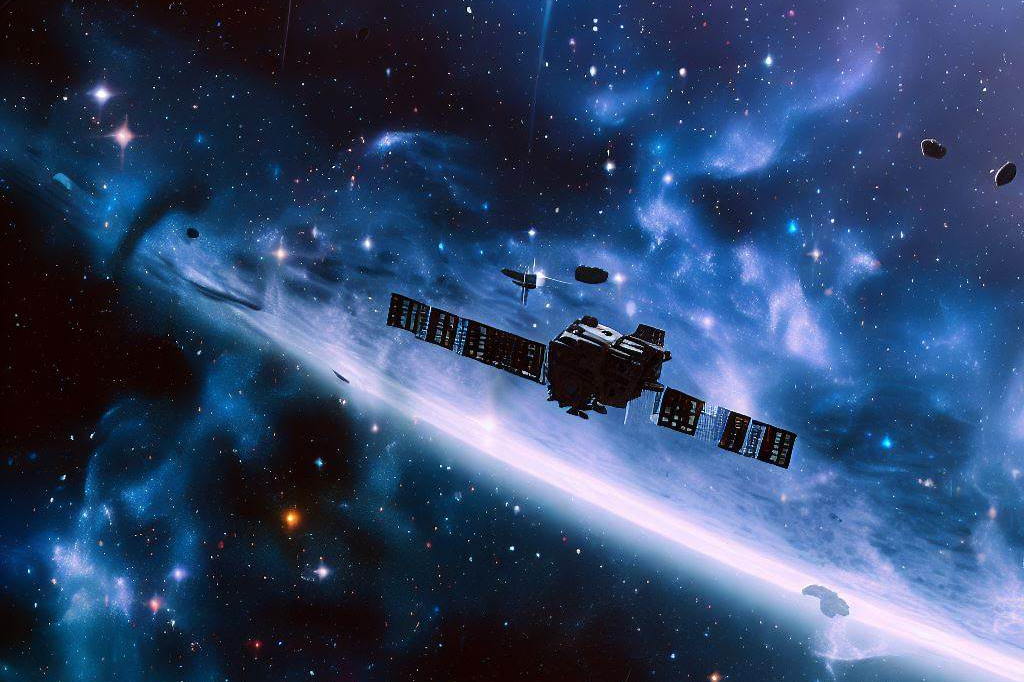
The future prospects for space education through the ISS look promising as advancements in technology continue to enhance our understanding of outer space. Future missions to Mars will provide new opportunities for scientists and educators to conduct groundbreaking research and inspire a new generation of explorers. In addition, increased international cooperation on space exploration initiatives will lead to more creative approaches for using the ISS as an educational platform.
Moreover, recent developments such as SpaceX’s Crew Dragon spacecraft open up new possibilities for private individuals or organizations interested in conducting research aboard the ISS or making use of its facilities for educational purposes. By using innovative means like the International Space Station (ISS), we can promote science literacy through engaging activities that pique student interest in science-technology-engineering-mathematics (STEM) fields that are needed now more than ever before.
FAQs: The International Space Station (ISS) and Space Education
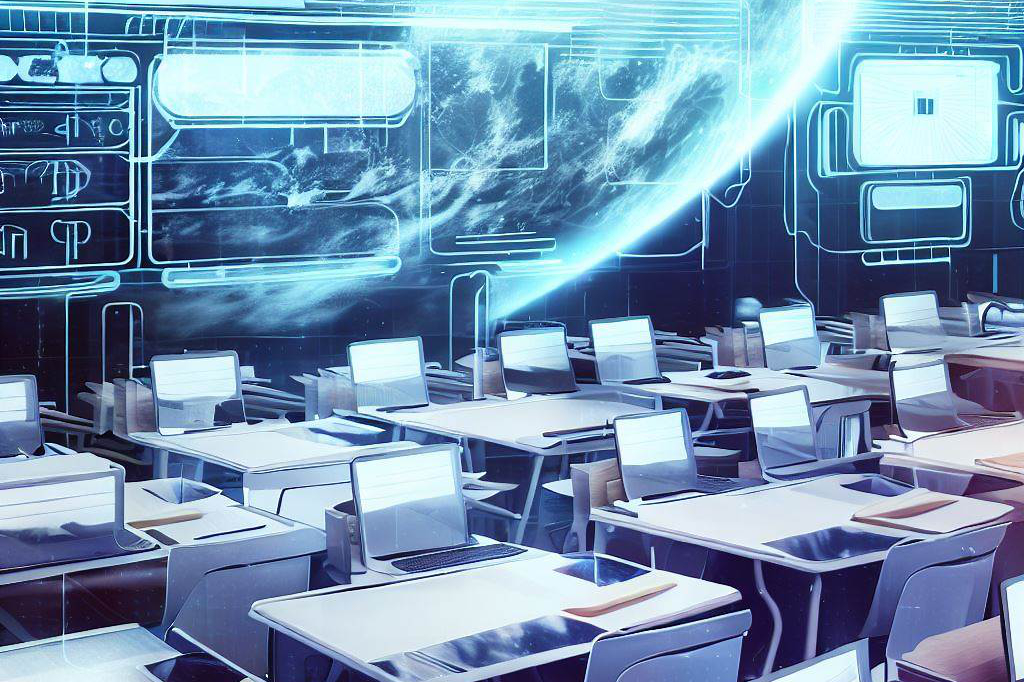
1. What is the International Space Station (ISS)?
– The International Space Station (ISS) is a habitable space station that serves as a laboratory and living space for astronauts from various countries. It orbits the Earth at an altitude of approximately 408 kilometers (253 miles) and travels at a speed of about 28,000 kilometers (17,500 miles) per hour.
2. How does the International Space Station contribute to space education?
– The International Space Station plays a crucial role in space education by providing a unique platform for learning and inspiring the next generation of scientists, engineers, and astronauts. It offers a range of educational opportunities and resources that enhance understanding and engagement in STEM (Science, Technology, Engineering, and Mathematics) fields.
3. What educational programs are available through the International Space Station?
– The International Space Station offers various educational programs that allow students and educators to participate in real-life space-related activities. These programs include experiments designed by students, live interactions with astronauts, educational videos and resources, and opportunities to send student-designed experiments to the ISS for actual testing.
4. How do students benefit from participating in International Space Station programs?
– Students who participate in International Space Station programs gain invaluable educational benefits. They have the opportunity to apply scientific concepts in a real-world context, develop critical thinking and problem-solving skills, and enhance their understanding of space exploration and related technologies. Moreover, these programs foster curiosity, creativity, and collaboration among students.
5. How can educators integrate International Space Station activities into their curriculum?
– Educators can incorporate International Space Station activities into their curriculum in several ways. They can use the provided educational resources and lesson plans to teach various subjects, such as physics, biology, chemistry, and astronomy. Additionally, educators can encourage students to engage in hands-on experiments, research projects, and discussions related to space exploration and the ISS.
6. Are there any scholarships or grants available for students interested in space education?
– Yes, there are scholarships and grants available for students interested in space education. Several organizations and institutions offer financial support to students pursuing degrees or careers in STEM fields, including those related to space exploration. These scholarships and grants can help alleviate the financial burden of education and encourage students to pursue their passion for space.
7. Can students visit the International Space Station?
– Currently, it is not possible for students to visit the International Space Station. The ISS is primarily a research facility and living space for astronauts, and access is limited to trained professionals. However, students can experience the ISS virtually through online resources, videos, and interactive educational platforms.
8. How can students get involved in International Space Station research?
– Students can get involved in International Space Station research through various initiatives and programs. Some organizations offer opportunities for students to propose and design experiments that can be conducted on the ISS. These selected experiments are then tested by astronauts in the microgravity environment. Additionally, students can collaborate with researchers and scientists who are working on ISS-related projects.
9. Are there any career opportunities in space education?
– Yes, space education opens up numerous career opportunities. Students who develop a strong foundation in STEM subjects and demonstrate a keen interest in space exploration can pursue careers as astronauts, engineers, scientists, educators, and even space policy advisors. The field of space education continues to grow, providing diverse pathways for individuals passionate about space.
10. How does the International Space Station inspire future generations?
– The International Space Station serves as a symbol of human ingenuity and collaboration, inspiring future generations to explore and push the boundaries of knowledge. It showcases the possibilities of international cooperation in the pursuit of scientific discovery and exploration beyond Earth. By engaging students in space education, the ISS ignites their imagination and motivates them to become the next generation of space explorers and innovators.
TL;DR…
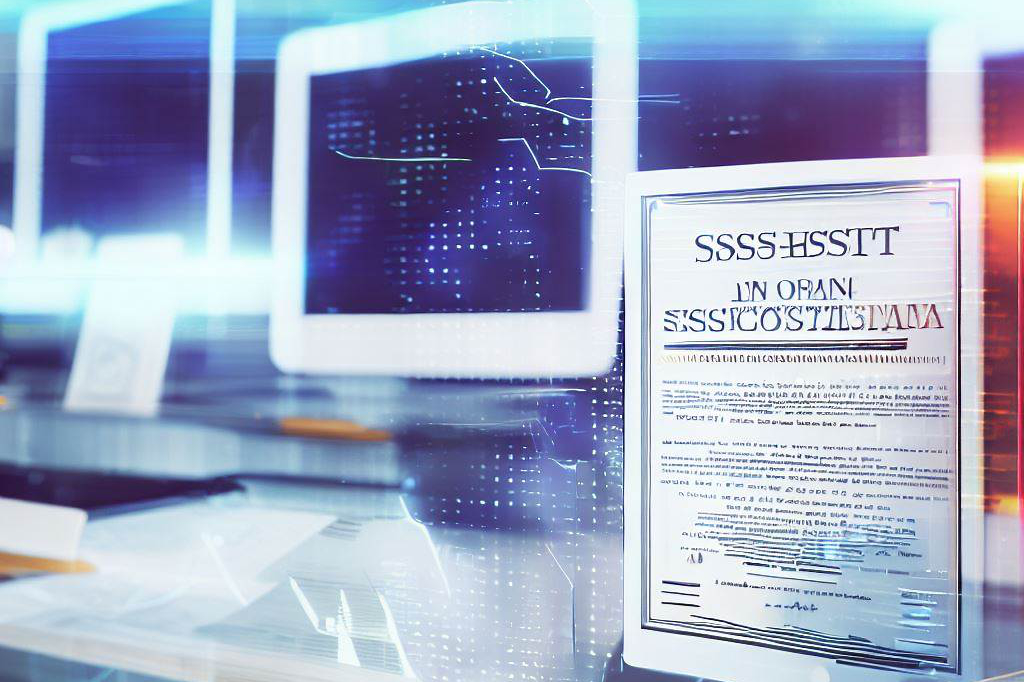
– 🚀 The International Space Station (ISS) has a significant role in space education.
– 🌍 It serves as a laboratory and living space for astronauts from various countries.
– 🎓 The ISS provides unique educational opportunities and resources to inspire the next generation of scientists, engineers, and astronauts.
– 📚 Students can participate in real-life space-related activities through ISS educational programs.
– 🌌 The ISS fosters curiosity, creativity, critical thinking, and collaboration among students.
– 💡 Educators can integrate ISS activities into their curriculum, enhancing understanding in STEM fields.
– 💰 Scholarships and grants are available for students interested in space education and STEM careers.
– 🛰️ Visiting the ISS is currently limited to trained professionals, but students can experience it virtually.
– 🔬 Students can get involved in ISS research through initiatives and collaboration with scientists.
– 🚀 Space education opens up diverse career opportunities, including astronauts, engineers, scientists, and educators.
– 🌟 The ISS serves as a symbol of human ingenuity, international cooperation, and inspiration for future generations.

C M, a seasoned editor, journalist, and consultant, is deeply fascinated by the convergence of technology, space, and the future of humanity.
With a particular interest in transhumanity, futurology, and the philosophical and ethical dimensions of these domains, C M serves as the lead contributor to SpaceSpotlight and TranscendSphere.
When not penning insightful articles on these rapidly evolving fields, C M indulges in their love for podcasts and books, proudly embracing their status as a ‘Happy Nerd Extraordinaire!’
